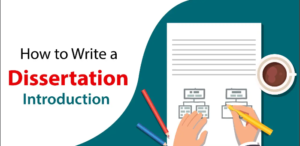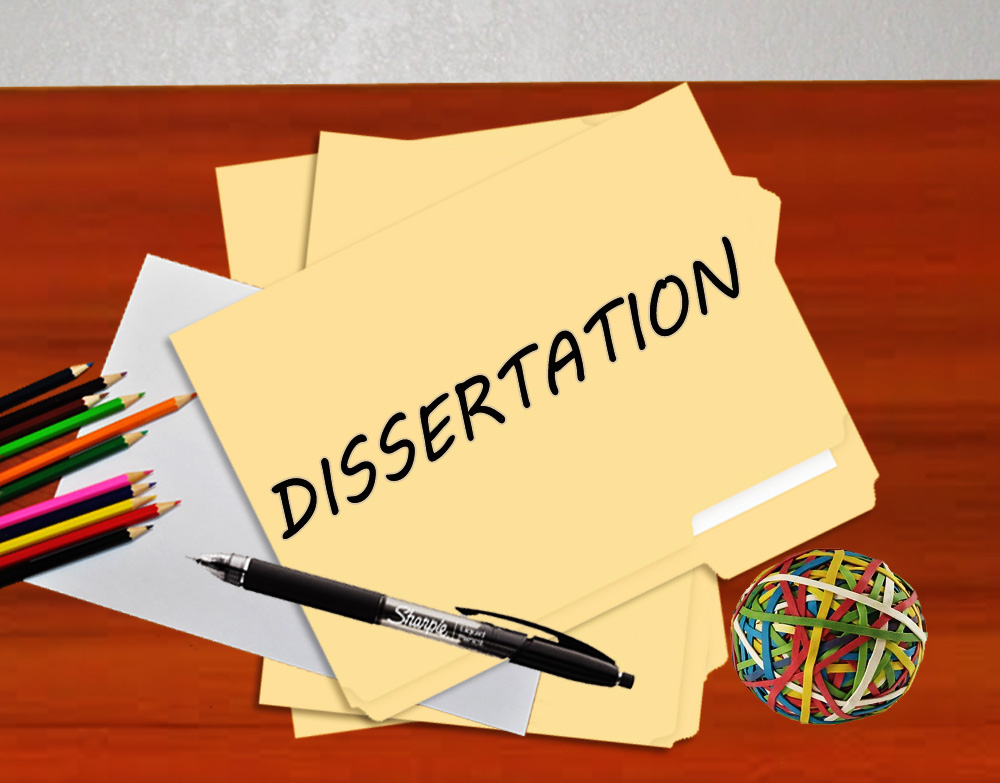Writing A Dissertation Introduction Section
 Writing a dissertation introduction section is positioned immediately after the table of contents. Crafting a compelling beginning engages the reader from the start. In this section, you should establish the foundation of your research, emphasizing its purpose and overall direction. Although the preface appears at the beginning of the dissertation, you are not required to write it first. Before you write this chapter, you should have a draft that will guide you. The introduction should be continually revised as you write the dissertation to ensure it matches your chapter’s context. Including the following essential elements in your introduction will make it more effective:
Writing a dissertation introduction section is positioned immediately after the table of contents. Crafting a compelling beginning engages the reader from the start. In this section, you should establish the foundation of your research, emphasizing its purpose and overall direction. Although the preface appears at the beginning of the dissertation, you are not required to write it first. Before you write this chapter, you should have a draft that will guide you. The introduction should be continually revised as you write the dissertation to ensure it matches your chapter’s context. Including the following essential elements in your introduction will make it more effective:
- Topic and context: You should introduce your topic and give the necessary background information at the start of this section. Show how the subject is important by mentioning relevant academic debate or news. This will contextualize your study and generate the reader’s interest.
- Focus and scope: After briefly introducing your subject of interest, you should move from general information and narrow it down by zooming into the specific focus of the study. You should do this by defining your scope of research; and telling the reader what you will and will not cover in the study. For instance, mention the geographical area you are investigating, the period your research will cover, the communities you are researching, and the specific aspects your dissertation will address.
- Relevance and importance: It is essential to explain what motivated you to do the research, how it correlates with previous work on the subject, and the new insights the study will contribute. Besides, you should also explain how your research will propose the topic’s new understanding. You should also review the current research and findings on the topic and cite relevant literature. Remember to indicate how your project will address a gap or solve a problem in the area. The importance of your research will vary depending on your discipline. Mainly, it should focus on the study’s practical application like management or developing theories to advance scholarly understanding of the subject.
- Questions and objectives: The most crucial part of your introduction is the questions and objectives since it outlines the expectations of your dissertation. Depending on your focus, discipline, and topic, you should formulate your objectives and research questions clearly stating the study’s main aim. Without going into too many details, mention the research methods you used. If you will test hypotheses in your research, it would be a good idea to formulate them at this point together with the conceptual framework that shows the relationship between variables. Other times, hypotheses may be written after the literature review section.
- Overview of the structure: Ending with an overview of the dissertation’s structure will help guide the instructor through the paper. Summarize each section and show their contribution to the central aim of your research. The content of each section should be described in one or two sentences to make the overview concise. However, if you are doing complex research or not following a standard structure, you might describe each chapter with a paragraph.
Key Elements of Writing a Dissertation Introduction Section
- Background Information – Provide context and explain the research topic’s relevance.
- Problem Statement – Define the issue your research seeks to address.
- Research Aims and Objectives – Clearly state what your study intends to achieve.
- Research Questions or Hypotheses – Present the key questions guiding your research.
- Scope of the Study – Outline the boundaries and limitations of your research.
- Significance of the Study – Explain why your research is important and its potential contributions.
- Structure of the Dissertation – Briefly summarize how the dissertation is organized.

